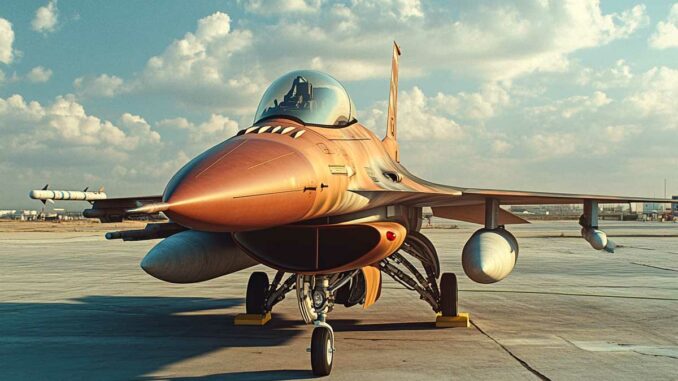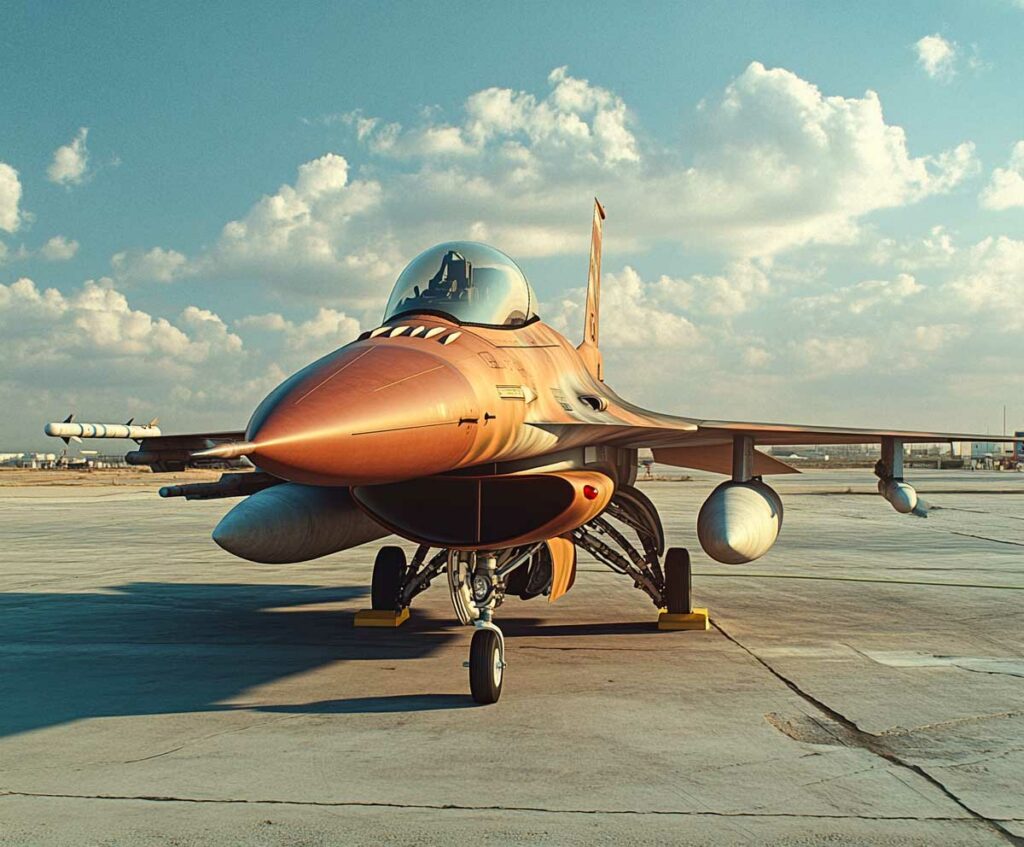
Strategic analysis of the impact of fighter jet purchases on international relations and the balance of power.
The purchase of a fighter jet is never a simple commercial transaction. It is a major political act with profound strategic implications. Each contract commits the parties to decades of technical cooperation, logistical dependence, and doctrinal convergence. Beyond operational performance, the acquisition of a combat aircraft redefines alliances, alters regional balances, and exposes states to diplomatic pressure. In a context of bloc realignment and rising tensions, understanding the geopolitical effects of these acquisitions is essential to anticipate power dynamics. This article offers a detailed analysis of the international consequences of fighter jet purchases, drawing on recent concrete cases.
The acquisition of a fighter jet as a tool for strategic alignment
The purchase of a fighter jet involves much more than a simple transfer of equipment. It seals a lasting political and military alignment between the buyer and the supplier. The United States, for example, often makes the sale of its aircraft conditional on close cooperation agreements. The F-35 program is a case in point: partner countries gain access to advanced technologies, but in return must accept restrictions on the use and maintenance of the aircraft. This dependence creates a form of strategic tutelage, reinforcing US influence over the defense policies of the purchasing countries.
Conversely, some countries are seeking to diversify their suppliers in order to escape this stranglehold. Japan, traditionally aligned with Washington, recently launched the Global Combat Air Program (GCAP) with the United Kingdom and Italy, aimed at developing a new-generation fighter jet without US dependence. This initiative reflects a desire for strategic autonomy from an alliance that is sometimes seen as restrictive.
Similarly, India, a long-time customer of Russia, is now exploring partnerships with France, the United Kingdom, and Japan for the development of fighter jet engines. This diversification meets a twofold requirement: strengthening its national capabilities and avoiding excessive dependence on a single supplier, especially in a context of growing geopolitical tensions.
The purchase of combat aircraft as an instrument of power projection
Acquiring a fighter jet also sends a strong signal to the international community. It affirms a country’s desire to play a role in regional and even global affairs. The case of Vietnam is revealing: by purchasing 24 F-16s from the United States, Hanoi is breaking with its tradition of Russian equipment and moving closer to Washington strategically. This choice reflects a desire to counter Chinese influence in the South China Sea and to become part of a more Western security architecture.
In the Gulf, fighter jet acquisitions are part of a symbolic arms race. The United Arab Emirates, frustrated by the US refusal to sell them F-35s, are turning to China to acquire J-20s, fifth-generation stealth fighters. This choice reflects a desire for independence from Washington and an affirmation of their regional status.
Turkey, excluded from the F-35 program due to its purchase of Russian S-400 systems, is now developing its own stealth fighter, the TF Kaan. This initiative aims to restore its military credibility and demonstrate its ability to do without Western aid.

The diplomatic implications of fighter jet transfers
Fighter jet sales are not without diplomatic consequences. They can strengthen or weaken alliances, depending on the conditions imposed and the perceptions of regional actors. The sale of Rafale fighter jets to Serbia illustrates this complexity: by acquiring 12 French aircraft, Belgrade is distancing itself from its traditional partner Russia and moving closer to the European Union. But this decision is causing concern in Moscow, which sees it as a loss of influence in the Balkans.
Furthermore, fighter jet transfers can be used as political leverage. Germany blocked the sale of Eurofighter Typhoons to Saudi Arabia due to human rights concerns. Similarly, the United States often makes its sales conditional on specific commitments, such as the abandonment of certain competing technologies or compliance with strict operational standards.
Finally, equipment choices can be perceived as provocative by third countries. Vietnam’s acquisition of US aircraft has been criticized by China, which sees it as an attempt at strategic encirclement. These perceptions can fuel regional tensions and complicate diplomatic relations.
The acquisition of fighter jets is a highly strategic act with multiple repercussions for international relations. It commits states to long-term alliances, alters regional balances, and can be used as a tool for diplomatic pressure. In a world marked by rapid geopolitical shifts and heightened tensions, choices regarding military equipment must be analyzed with particular attention, both for their technical implications and their political consequences.
War Wings Daily is an independant magazine.